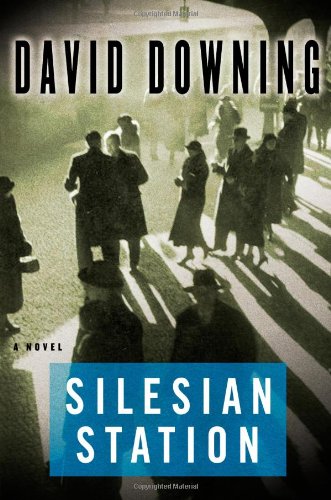Silesian Station
American journalist John Russell arrives home in Berlin after a trip to the States in the summer of 1939. After dropping his son off with his divorced German wife, Russell finds his actress girlfriend Effi has been arrested by the Gestapo. In order to secure her release, he agrees to spy for them. Already having been co-opted into espionage work for the Americans, Russell promptly volunteers to do the same for the Russians as well. Throw in a search for a missing Jewish girl, a healthy dose anti-Nazi resistance workers, and the need to cover a torrent of news stories dealing with the run up to war, you have a life turned as upside down as the world in those last few weeks of peace before the Second World War.
Although the story is a labyrinth of plot and counter plot, and there are more characters than a Russian novel, somehow it all works. While the reader may feel the urge to take notes, and a flow chart or two would be most helpful, the author does a masterful job of tying it all together into a cohesive whole by the end. But all this is really just the framework for the real value of the work, a rare glimpse into life during a pivotal time in world history. He paints his scenes with a wealth of detail. In doing so, he provides his readers with more than one insight into just what caused the war to erupt in Poland at a time when the other nations just might have been able to deter the Nazis’ avarice.
Since Silesian Station is the second in a series, we can look forward to learning more of the complex life of John Russell, and get a few additional insights into how the world was reshaped by that worst of all wars in the bargain.










